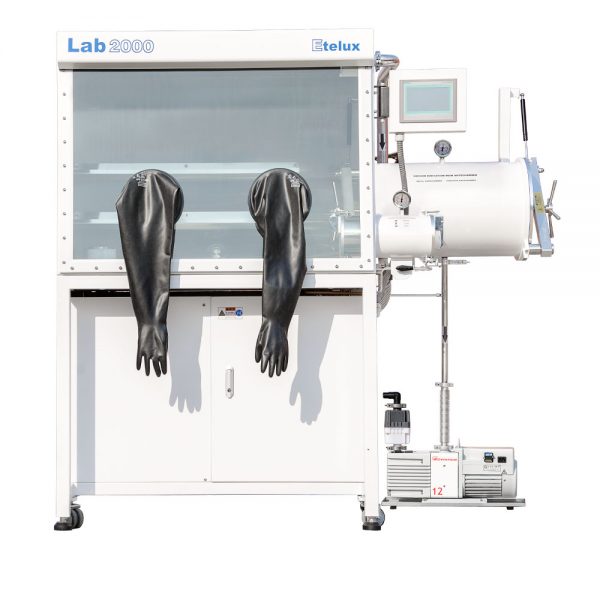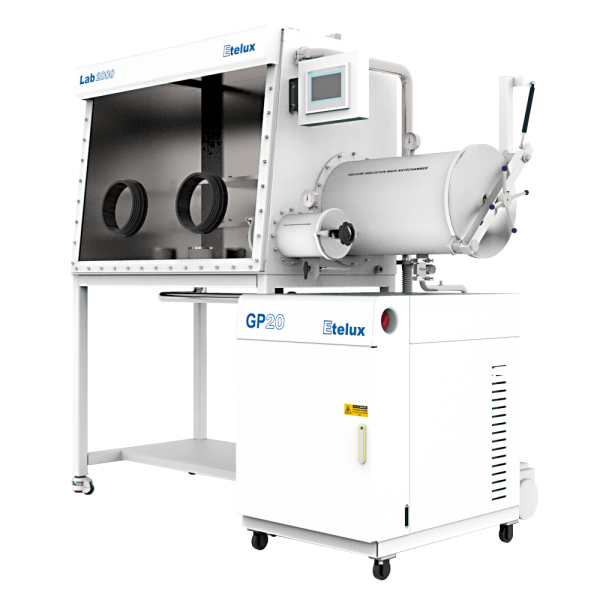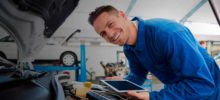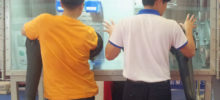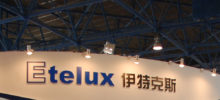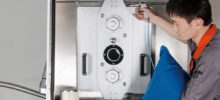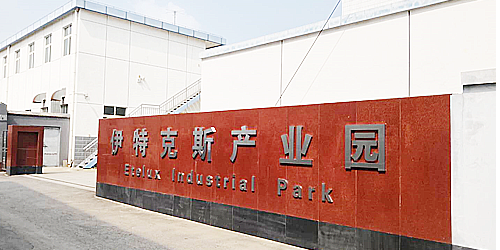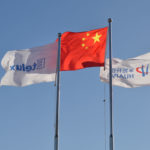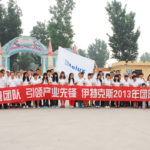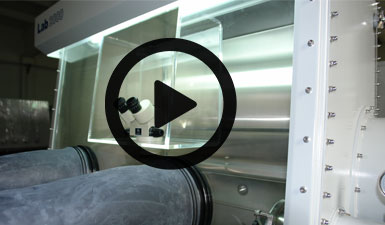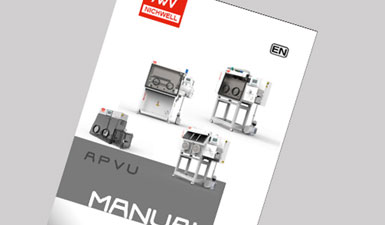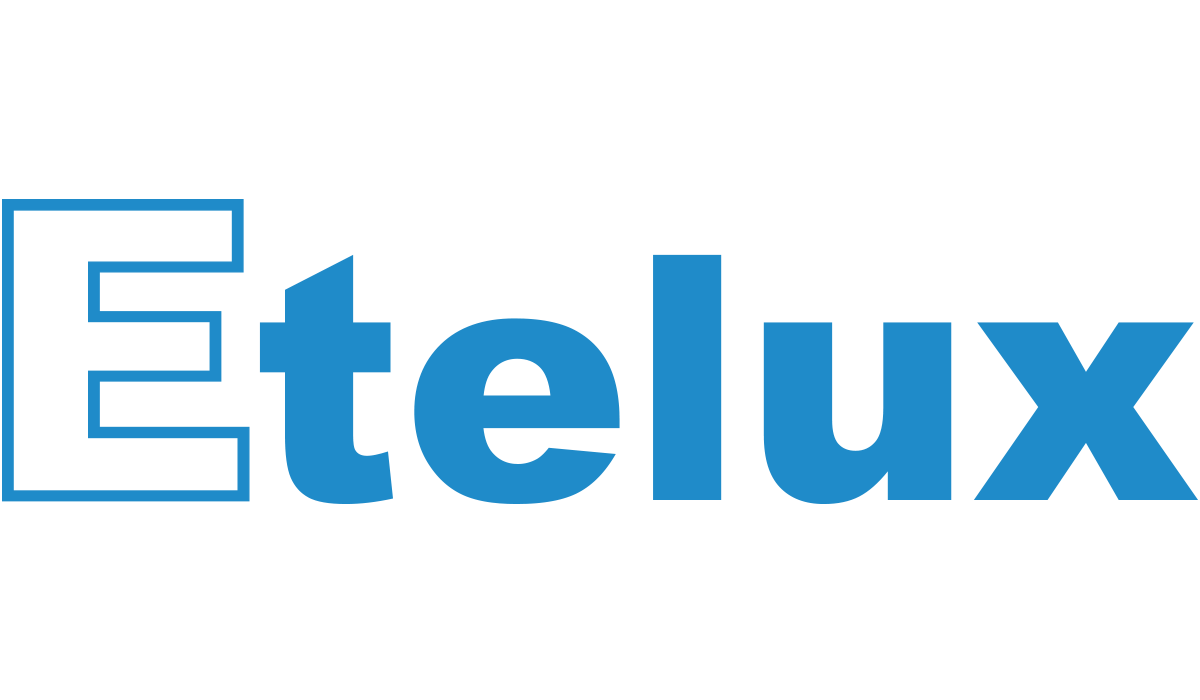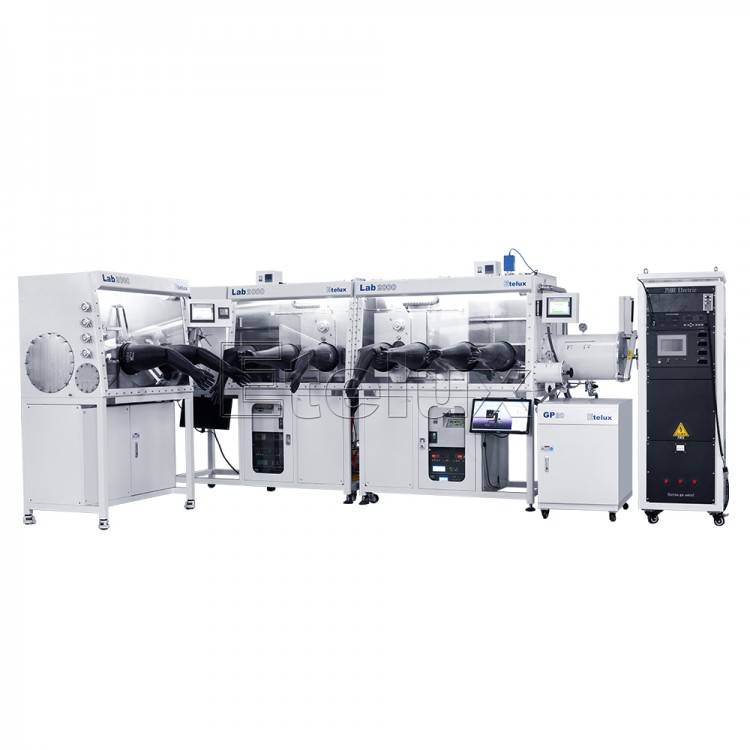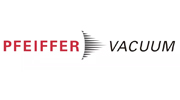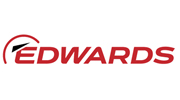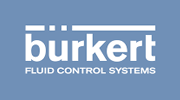With the promotion of new energy vehicles, environmentally friendly electric vehicles have become a new trend for energy saving and emission reduction in automobiles. Lithium-ion battery is the green battery with the best comprehensive performance in the world because of its high efficiency, safety and reliability. The application fields of lithium-ion batteries will become more and more extensive. Lithium-ion batteries are composed of three parts: batteries, protection circuits, and housings. The shell is divided into a shell and a cover plate. Insulating sealing rings, gaskets, etc. need to be set on the battery cover plate. Traditional battery cover plates are assembled manually by workers, and the cover plate needs to be coded, laser welded, CCD inspection, cover plate film, film bending , Fixture cleaning and other work processes are equipped with corresponding production lines, which results in greater labor intensity, higher production costs, lower production efficiency, and low assembly accuracy, which cannot meet the needs of mass battery production.
In order to solve the existing need to manually assemble by workers, resulting in technical problems such as higher production costs, lower production efficiency and lower assembly accuracy. And provide a lithium battery automated production line.
The beneficial effects of the lithium battery automated production line are: the battery raw material package enters the glove box from the feed compartment, the battery raw material package automatically scans and weighs, the weighed battery raw material package is automatically placed in the material conveying device, and the conveying device automatically enters the liquid injection The cylinder is filled with liquid. The batteries after filling are respectively placed in the static cylinder 1, 2, 3, and allowed to stand. The static battery enters the sealing cylinder to be evacuated and sealed. The sealed battery will be automatically weighed twice. Heavy, unqualified products will enter the recovery transition cabin on the left for processing, and qualified batteries will be automatically sent to the discharge side cabin. The entire production process of the battery does not require manual intervention, thus greatly reducing labor intensity and production costs, Improve work efficiency.
Worldwide shipping
Shipping & Returns

